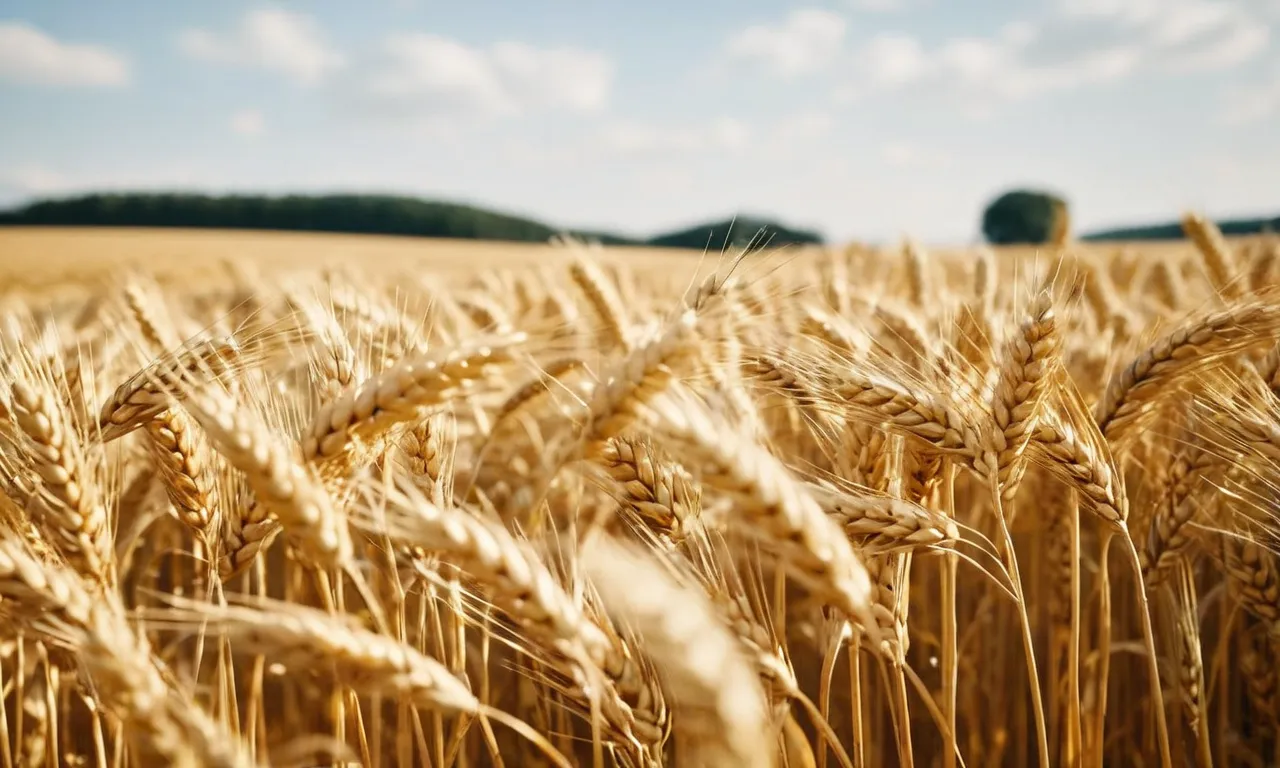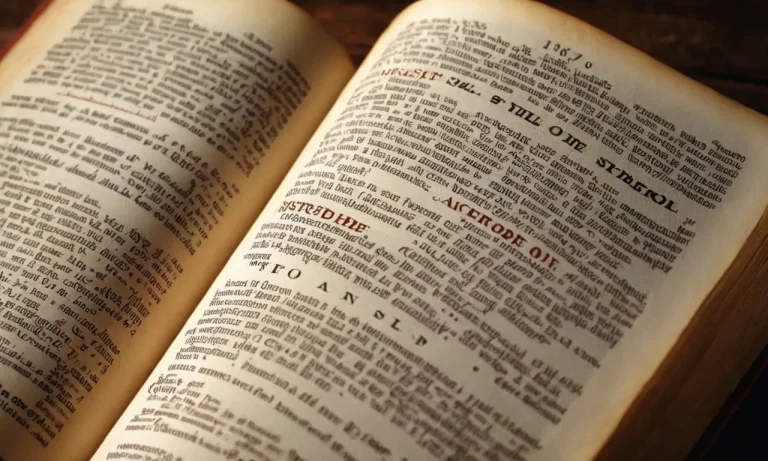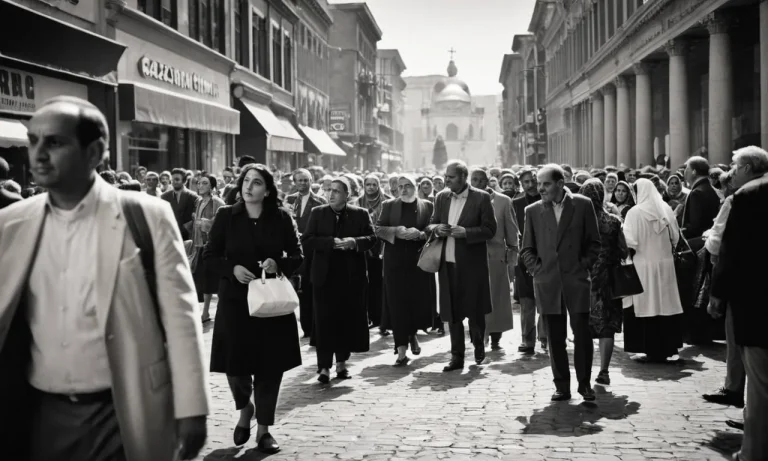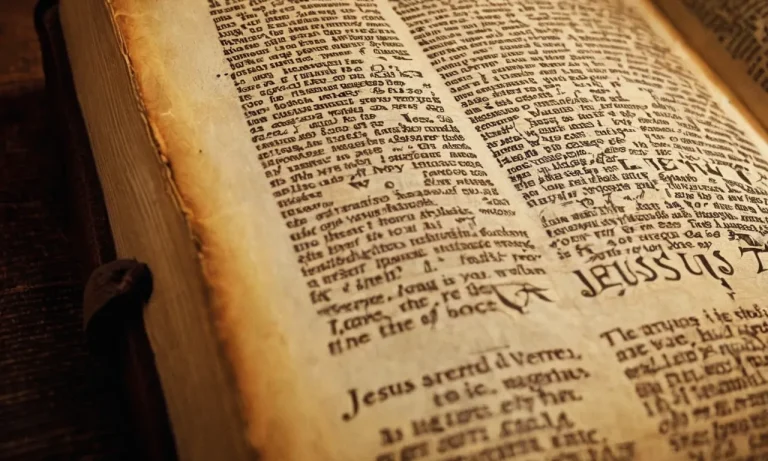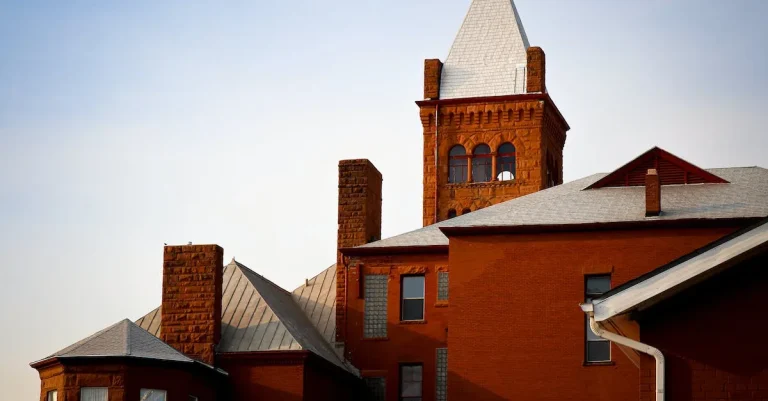What Are Sheaves In The Bible?
In ancient Israel, sheaves were bundles of cut grain stalks tied together after harvest. They hold deep symbolic meaning in several Bible stories. If you’re short on time, here’s the quick answer: Sheaves in the Bible represent harvest and provision from God.
In this comprehensive guide, we will explore the biblical significance of sheaves, some of the key Bible passages involving sheaves, and what these bundles of grain represent spiritually.
The Meaning and Purpose of Sheaves in Ancient Israel
Sheaves as Harvest Bundles
In ancient Israel, sheaves (omer in Hebrew) referred to bundles of cut grain stalks gathered after harvest (Bible Odyssey). Farmers would cut ripe wheat, barley, or other grains using a sickle, then tie them into sheaves for easier handling and transportation (Bible Study Tools).
Sheaves served both practical and symbolic purposes in Israelite society.
On a practical level, bundling cut grain into sheaves made the harvesting process more efficient. The uniform sizes of the sheaves enabled farmers to easily stack them on carts to be brought to the threshing floor.
There, the sheaves could be threshed to separate the edible grains from the stalks and winnowed to remove the chaff.
Sheaves for Threshing and Winnowing Grain
After harvest, Israeli farmers transported sheaves of grain stalks to threshing floors – large, flat outdoor spaces where threshing and winnowing occurred (Bible Odyssey). There, oxen or cattle pulled heavy sledges or rollers over the sheaves, crushing the stalks to free the edible cereal grains inside.
Farmers then tossed the loose mixtures of grains and chaff into the air using winnowing forks or shovels. The grains, being heavier, would fall back to the threshing floor, while the wind blew the lighter chaff away. This completed the separation process begun by threshing the sheaves.
The collected grain was then stored in jars or pit silos.
Major Biblical Stories Involving Sheaves
Joseph’s Sheaves Bowing Down in His Dreams
In Genesis 37, Joseph had a dream that he shared with his brothers: “We were binding sheaves of grain out in the field when suddenly my sheaf rose and stood upright, while your sheaves gathered around mine and bowed down to it.” This dream foretold that Joseph would one day rule over his brothers.
Joseph’s brothers were jealous and angry about his dreams involving sheaves. Soon after, they sold Joseph into slavery in Egypt. Years later during a famine, Joseph’s brothers traveled to Egypt seeking food and eventually bowed down to Joseph, who had become second-in-command to Pharaoh.
The dream about the sheaves bowing down came true.
Ruth and Boaz at the Threshing Floor
In the book of Ruth in the Bible, Ruth goes to the threshing floor at night where Boaz is winnowing barley. She uncovers Boaz’s feet while he is sleeping and lies down near the pile of sheaves. When Boaz wakes and finds Ruth there, she proposes marriage to him by asking him to spread the corner of his garment over her.
Boaz is a close relative who can redeem Ruth’s dead husband’s land. He is impressed by Ruth’s loyalty and integrity. So Boaz takes Ruth under his protection, and they get married. Their son Obed becomes the grandfather of King David.
So this encounter amid the sheaves leads to Ruth becoming part of the Messianic family line.
Wave Sheaf Offering Instructions in Leviticus
In Leviticus 23, God tells Moses to instruct the Israelites: “When you enter the land I am going to give you and reap its harvest, bring to the priest a sheaf of the first grain you harvest. He is to wave the sheaf before the Lord.”
This ceremony was to take place each spring as the first crops were harvested.
The grain sheaf offering marked the start of the grain harvest season. It signified giving the first and best to God. Only after this firstfruits ceremony could the common people begin eating the new spring harvest.
Jesus’ resurrection coincided with the Feast of Firstfruits.[1] So He is the firstfruits of the resurrection harvest of believers.
The Spiritual Significance of Sheaves in Scripture
Sheaves Represent God’s Provision and Blessing
In the Bible, sheaves are frequently used as symbols of God’s provision and blessing. During harvest times, bundled sheaves represent the bountiful crops that God has provided for His people. Several verses point to sheaves as reminders of God’s faithful sustenance.
For example, Psalm 126:6 (ESV) states, “He who goes out weeping, bearing the seed for sowing, shall come home with shouts of joy, bringing his sheaves with him.” This verse paints a picture of a farmer who trusts in God’s provision, sowing his fields with tears and hard work, and then joyfully gathering the sheaves of grain at harvest time.
In Genesis 37, Joseph dreams that his brothers’ sheaves bow down to his sheaf. This foreshadows how God will elevate Joseph above his brothers and use him to provide food for his family and others during a severe famine.
The sheaves symbolize God rewarding Joseph’s faithfulness by making him a provider.
Similarly, in the account of Ruth and Boaz, Boaz allows Ruth to glean barley from his fields, filling her shawl with sheaves to take home to Naomi. As she trusts in Boaz’s provision, Ruth is blessed with sheaves of grain. Sheaves here represent God’s loving care through Boaz.
Sheaves as Symbols of People Groups
Beyond agricultural prosperity, sheaves can also represent groups of people in the Bible. For example, Jeremiah likens people to grains when he says, “Behold, I will command, declares the Lord, and will bring them back to this city. And they will fight against it and take it and burn it with fire.
I will make this city a heap, a ruins, a desert, as cities that are not inhabited. I will fill the dead bodies of this people with the dead bodies of their idols, and my anger will be aroused against them.” (Jeremiah 19:11-13). Here, the inhabitants of Jerusalem are like sheaves destined for judgment.
Similarly, Micah pictures violent punishment coming upon disobedient cities and people by saying, “Arise and thresh, O daughter of Zion, for I will make your horn iron, and I will make your hoofs bronze; you shall beat in pieces many peoples; and shall devote their gain to the Lord, their wealth to the Lord of the whole earth.”
(Micah 4:13). The daughter of Zion is seen threshing the people groups like sheaves of grain.
In Psalm 126:6 mentioned earlier, the returning sheaves may hint at the exiles returning to Israel after the Babylonian captivity. Their homecoming harvest is plentiful as God restores their fortunes as a nation.
So in Scripture, sheaves can symbolize either agricultural bounty or groups of people destined for blessing or judgment. As tangible symbols, bundled sheaves effectively illustrate God’s provision for and authority over both crops and people groups.
Conclusion
As we have seen, physical sheaves of grain held deep spiritual meaning for the ancient Israelites. They signified God’s faithful provision, the anticipation of harvest, and even foreshadowed the harvesting of souls into His kingdom.
When we read biblical passages involving sheaves, we can reflect on how God provides for, gathers and unites His people through Jesus Christ. May our study inspire thanksgiving for His abundant blessings.

